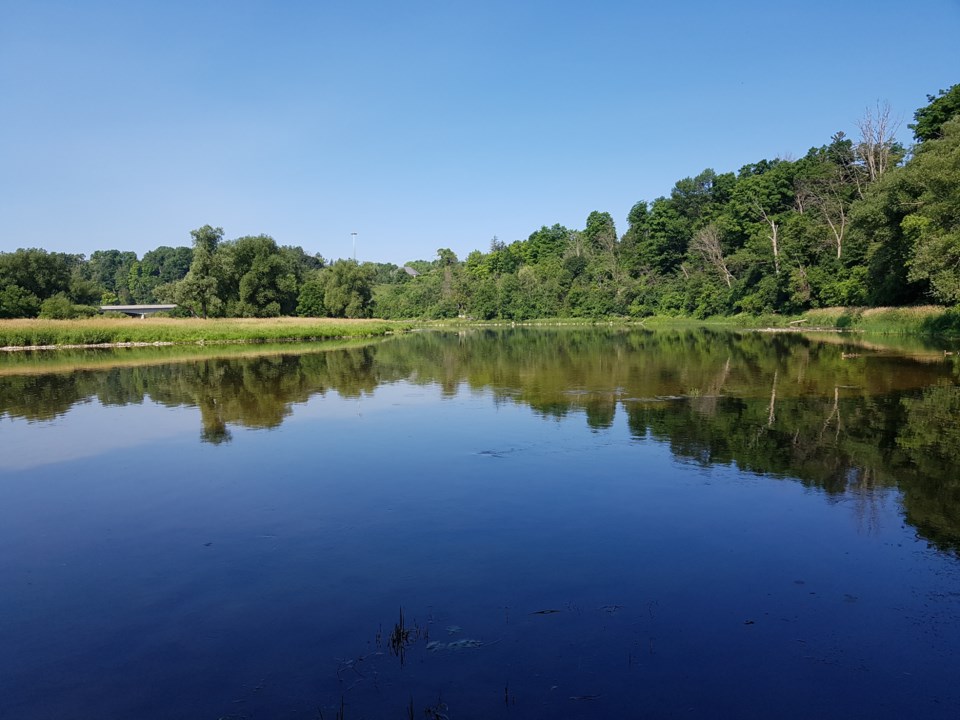A new report on the state of the region’s water supply says a 2015 Water Supply Master Plan (WSMP) is outdated in light of new growth projections, water consumption trends and the effects of climate change.
As staff prepares its scheduled update of the WSMP later this year, it's considering recommendations designed to meet the region’s long-term drinking water needs, and ways to protect this critical resource.
The report, coming to regional council this week, calls the Region of Waterloo’s water supply “one of the most unique supply systems in Ontario” that “requires heightened levels of protection”
The region’s seven municipalities get 80 per cent of their drinking water from 120 groundwater wells and 20 per cent from surface water in the Grand River.
“The heavy reliance on local aquifers requires a robust protection plan, particularly in reducing salt and chlorides and careful management and monitoring to ensure a sustainable water supply is available to support growth,” writes Pam Law, the region’s manager engineering and planning, water services.
Information in the WSMP will be used to support an update to the region’s official plan and potential impacts of new growth on water resources.
New planning projections for 2051 show a 14 per cent and 21 per cent increase in population and employment respectively as compared to what was projected in 2015.
Some of the recommendations that could be adopted in the region's official plan include limiting development in key water recharge areas, looking for more aggressive water conservation and reuse opportunities, classifying new development as “salt free” or “salt reduced” zones, reducing the use of salt in existing urban areas and continued reliance on source protection policies.
“In order to plan for additional growth in the region, adapt to the impact of climate change and account for downtime of water supplies for maintenance, it is critical to protect our existing sources and possibly search for new water supplies in the future,” reads the report.
Depending on the results of a planned groundwater study to identify how much water can be taken from local aquifers, “alternate supplies, such as a pipeline from Lake Erie, may need to be considered,” writes Law.
The report says another important change since the previous WSMP was completed in 2015 is the fact that overall water consumption has started to increase again after years of declining demand due to water efficiency measures.
“Peak water demands in the summer months also appear to be increasing, as Waterloo Region sees more extended days of hot weather due to climate change.”
With the region undertaking more preventative maintenance and replacement efforts to increase the reliability and longevity of the system and reduce the risk of unexpected failure, water facilities to be taken offline more frequently thus reducing water supply capacity.



